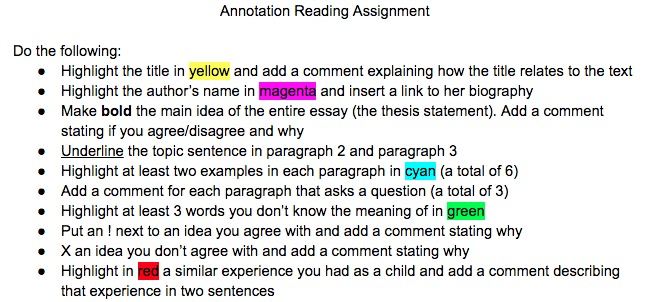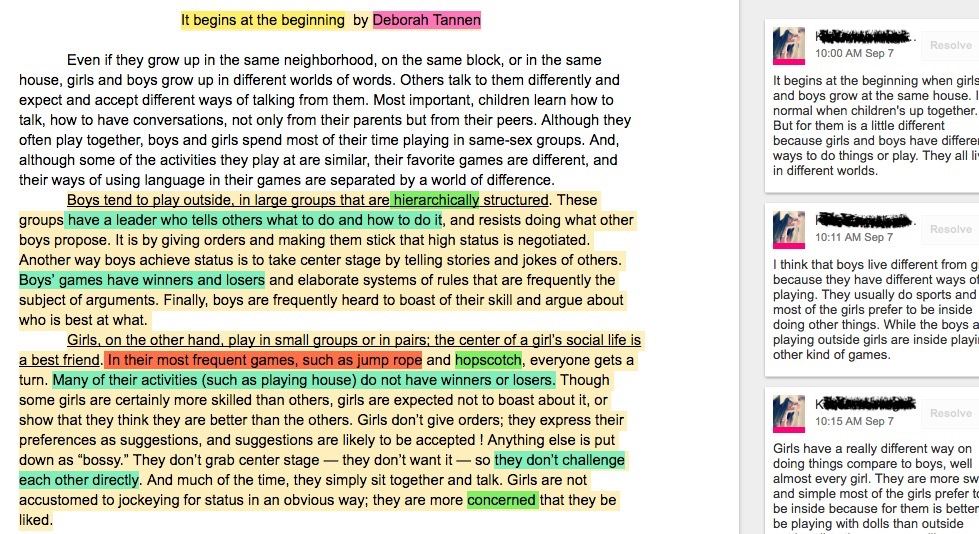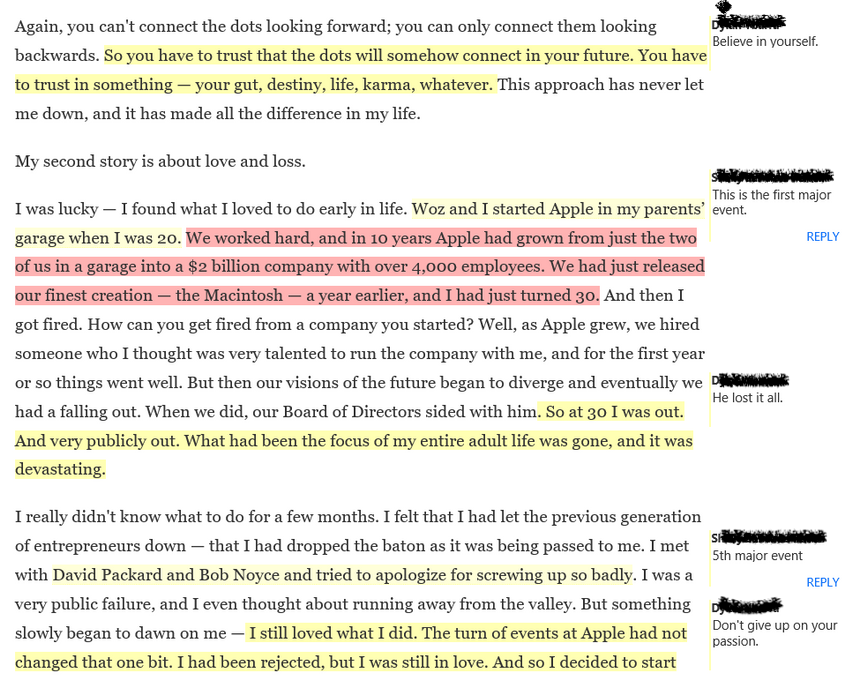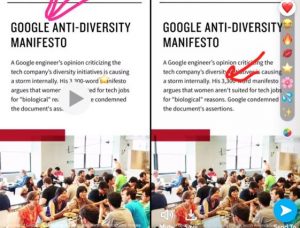“Reading furnishes the mind only with materials of knowledge; it is thinking that makes what we read ours.” – John Locke
One of the most important skills for our digital learners is inspecting the information they consume with a critical eye. The challenge is to turn this into a habit students do outside the classroom. One idea is to get students to annotate their readings regularly. Many free mobile apps and web tools allow students to digitally markup, highlight, and jot down quick thoughts about what they are reading. They can do this collaboratively with their peers or by themselves. Below are examples from my students using the free Grackle Marks add-on for Google Docs and the paid pro version of Newsela. However, now I recommend the free tools and apps listed below that get students to snap and annotate. Getting students to inspect what they read habitually is one of the key topics in my new book, Hacking Digital Learning Strategies with EdTech Missions. For more resources, check out my article, Critical Reading with Digital Devices, posted on ESL Library.
If you like these ideas, take one of my courses or check out my books. Ask me about training your teachers, ShellyTerrell@gmail.com!
Annotation Assignment with Grackle Marks Add-on and Google Docs


Free Web Annotators
In addition to Grackle Marks and pro Newsela, you can try any of these web annotators:
- Edji allows students to highlight and comment on readings with written text or emojis.
- Active Textbook easily converts any reading into an interactive text. Students are able to add comments, scribble, and highlight the text collaboratively. They can also access dictionaries and take quizzes.
- Owl Eyes is a web tool to annotate the classics and answer quizzes.
- For collaborative highlighting and commenting try Hypothes.is, an education tool and extension, NowComment, or the Genius Web Annotator.
- Read and Write is a web tool and Google Chrome extension for annotating and highlighting pdfs. Other cool features include a dictionary, speech-to-text, and translation. Teachers are given free access to the pro version for a limited time.
- To annotate pdfs or writings try the free Kami app for Google Drive.
- Kaizena is a free web tool and app for Google Drive, which allows teachers and students to highlight text and leave voice or text comments on readings.
- Diigo is a free social bookmarking web tool and app that allows students to annotate pdfs and other saved bookmarks. Also try Evernote , Skitch, and Explain Everything.
- Snapchat and other image editing apps (Pic-Collage) allow students to take a snap shot of their readings, highlight, draw on the image, and add stickers, such as questions next to words they don’t understand or stars next to a key point. Find out more in my previous post here.
Challenge: Try any of these ideas to get students to markup, highlight, and engage with their readings and textbooks.
Subscribe for FREE to receive regular updates!
Sign up for my new In-Service / Graduate Fully Accredited online courses, Connected Educators: Harnessing the Power of Social Media for Professional Development, and Methodologies for Teaching English to Speakers of Other Languages.
Annotation with Newsela Pro

Annotation with Snapchat

Check out my Digital Click and Learn December Calendar with more posts like these full of resources to celebrate the holidays digitally!









Don’t forget Genius! If you put Genuis.it/ in front of almost any URL, and you have a Genius account (free), you can annotate right on the webpage!
Oops! genius.it/ (I shouldn’t try to spell before coffee! )